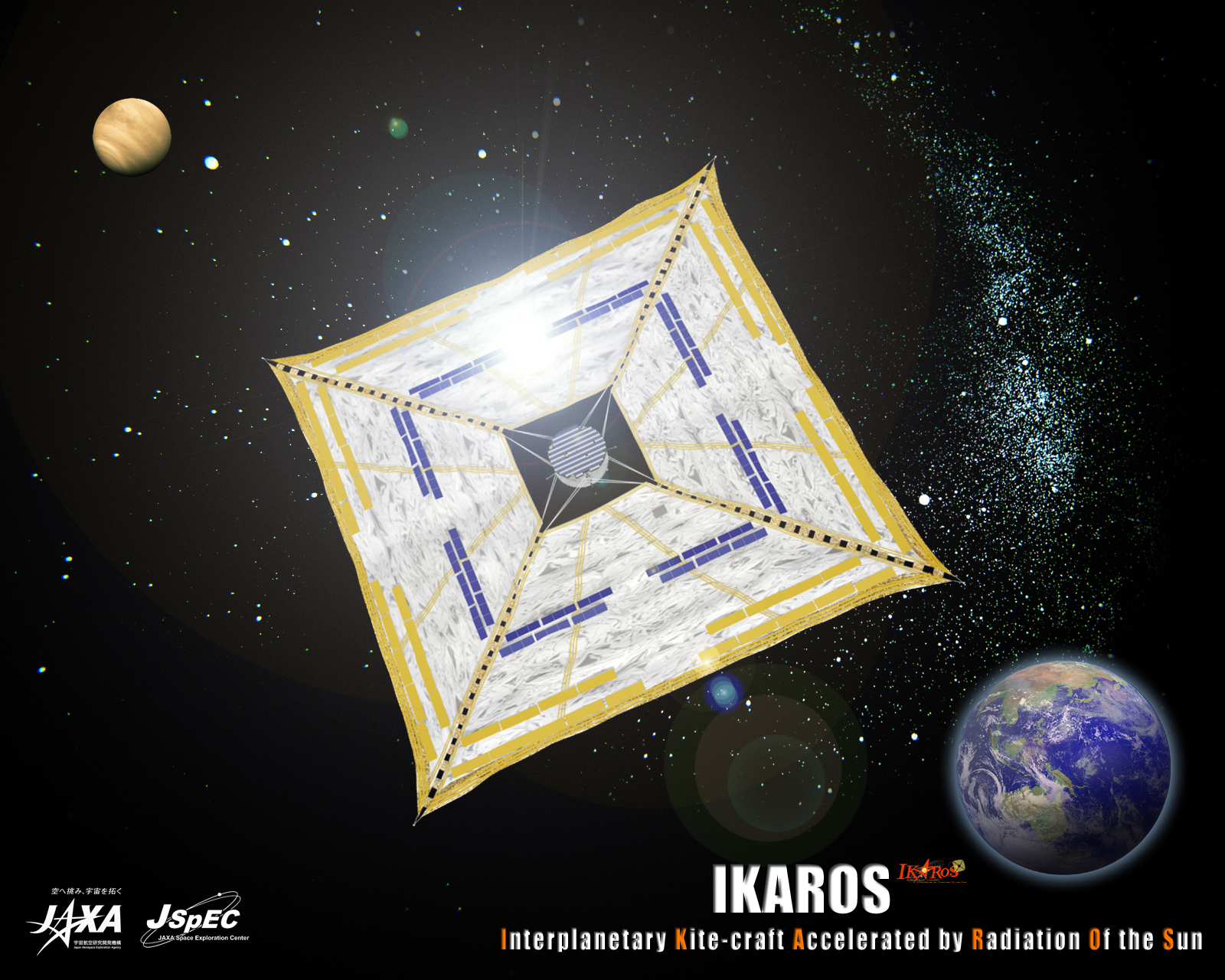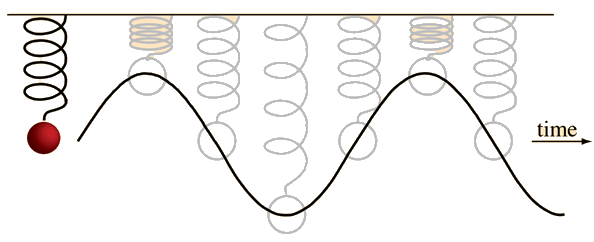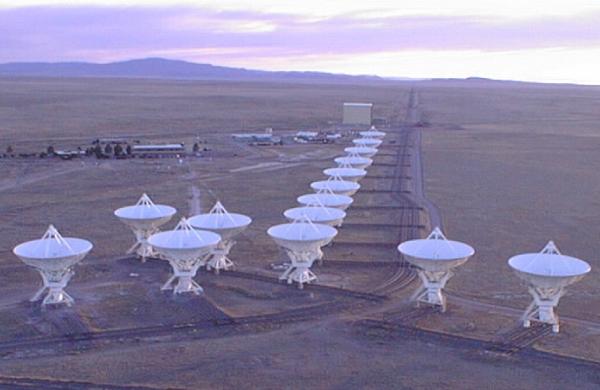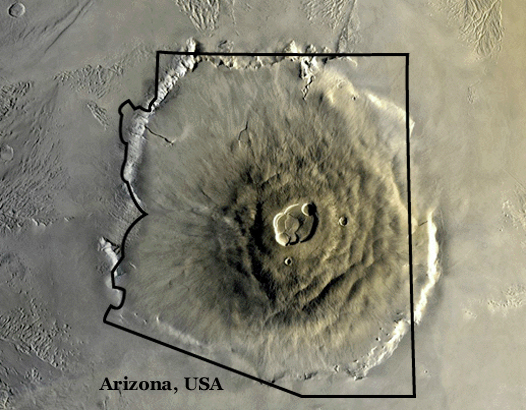Analogies exist between rotational and translational physical quantities. Identify the rotational term analogous to each of the following: acceleration, force, mass, work, translational kinetic energy, linear momentum, impulse.
Would make a good matching set. : )
 Cf.,
Cf., 




 That is, what is simple to learn about spring/mass systems becomes widely applicable in other oscillatory systems like a beating heart, a particle inside an atom's nucleus, a light wave, a tsunami etc.
That is, what is simple to learn about spring/mass systems becomes widely applicable in other oscillatory systems like a beating heart, a particle inside an atom's nucleus, a light wave, a tsunami etc.




 Image: Katzman Automated Imaging Telescope/LOSS
Image: Katzman Automated Imaging Telescope/LOSS



 various colors picked out by the upper layers of the chromosphere and very hot atmosphere of the sun.
various colors picked out by the upper layers of the chromosphere and very hot atmosphere of the sun.







